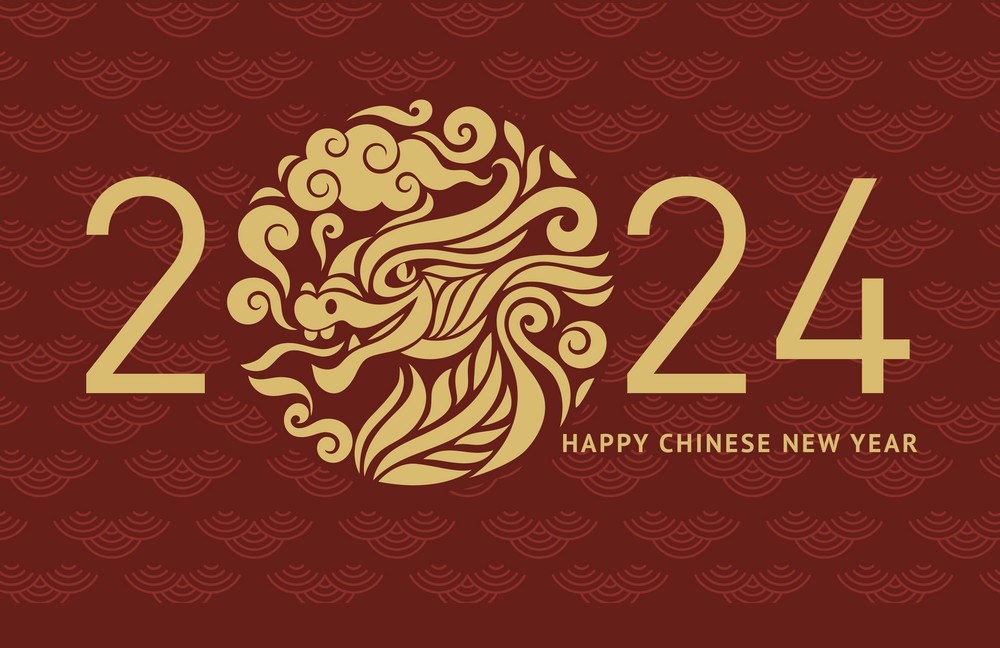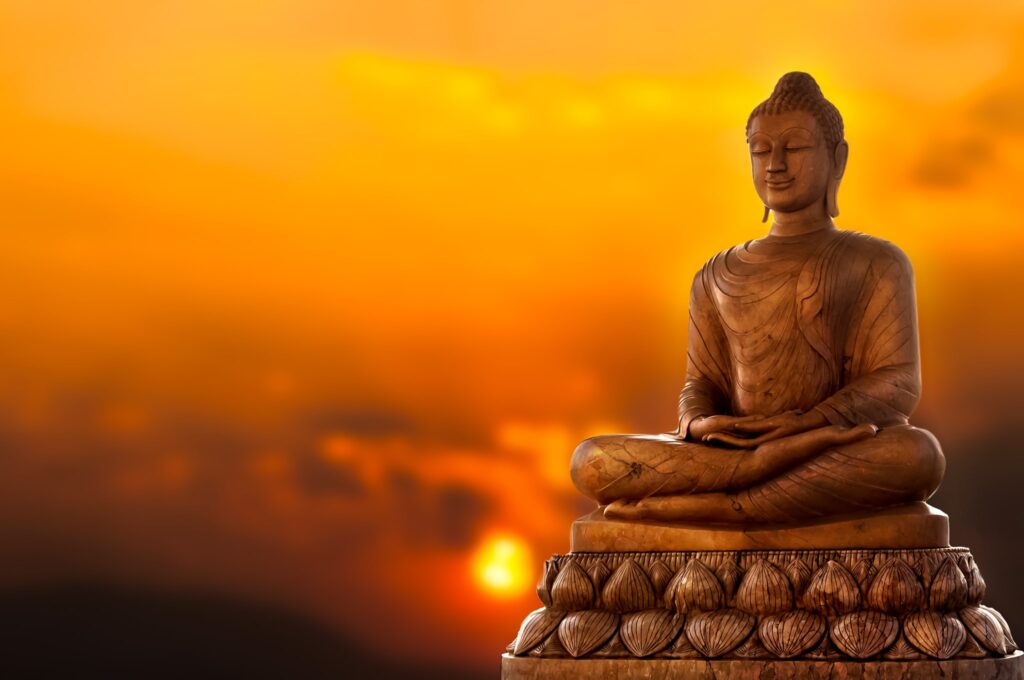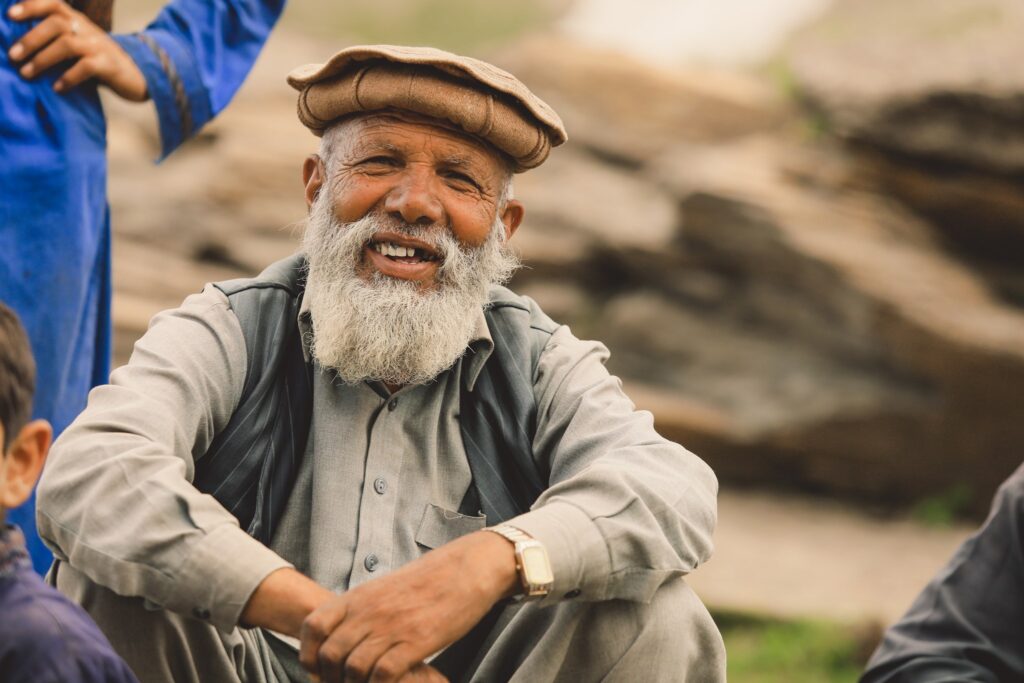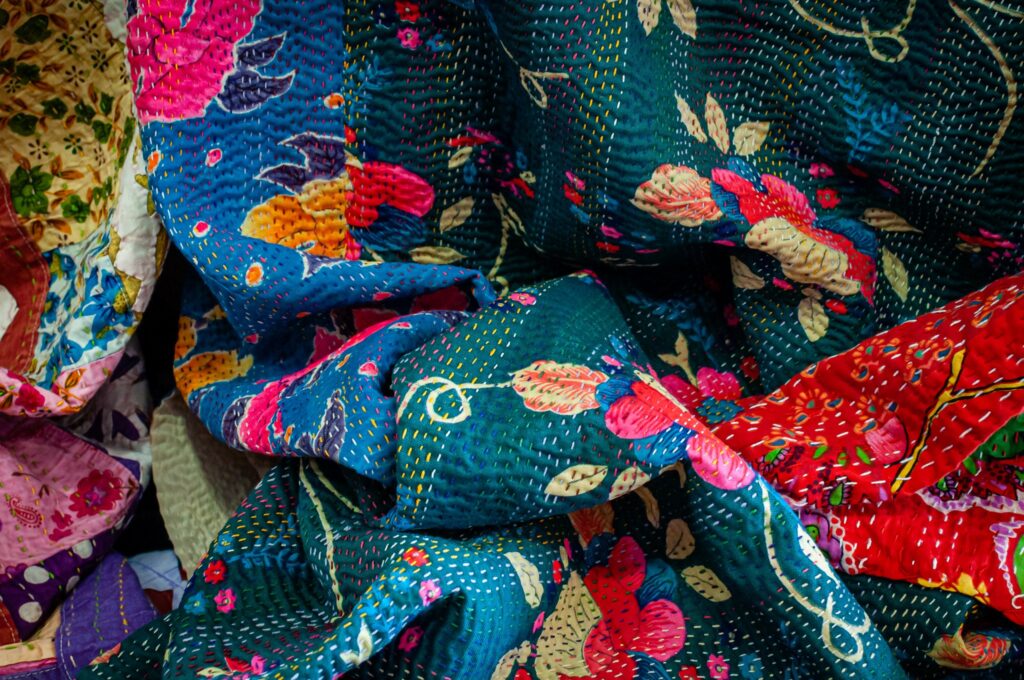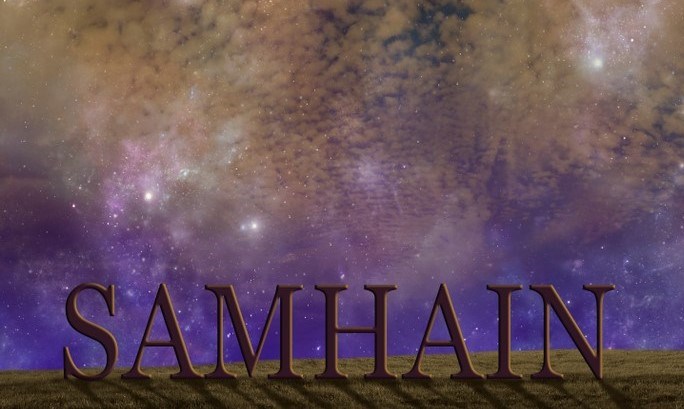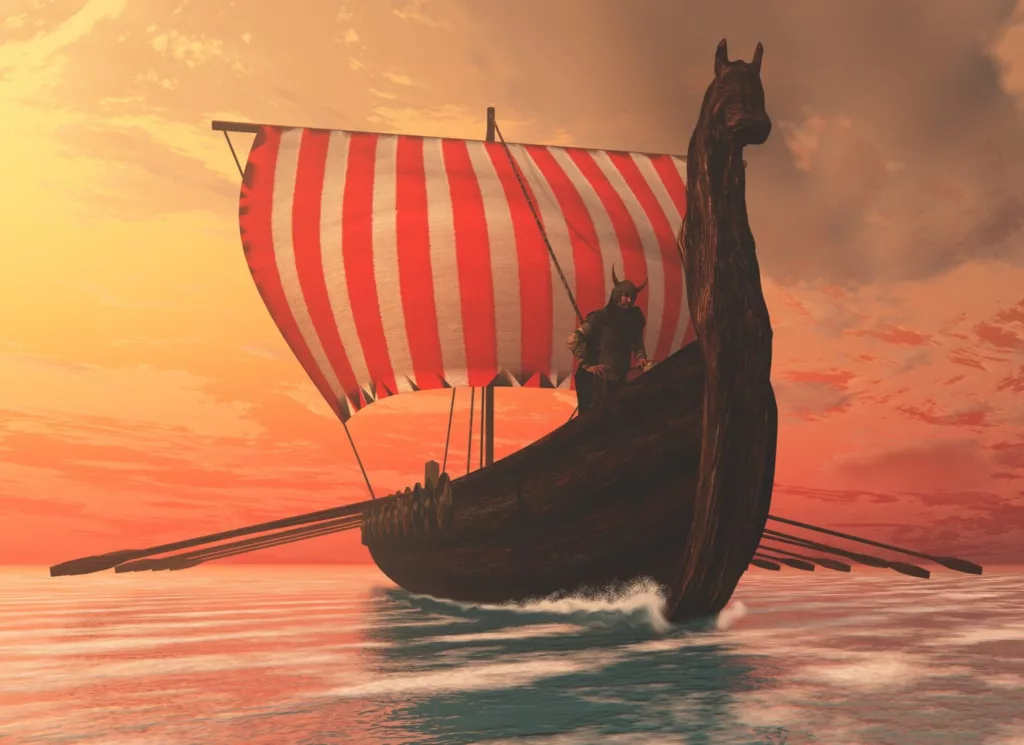
A brief history of the Vikings
The Vikings: the peoples of the North
It is always about points of view: according to the populations interested in the commercial expansion of the Vikings between the centuries VIII and XI, they were ugly, rude, dirty and with a very bad temperament. On the other hand, if we read Nordic historians and the feats they report, we will have an image of handsome men, with culture, great sailors, athletes and expert negotiators.
That is why we need to get a reliable general frame that, along with written witnesses, could contribute to shed some light on the origins and the nature of these peoples and their culture.
Myths and legends of the Vikings
The Vikings have given us old legends, which have little to do with the historical reality used to create one of the greatest European cultures of that time.
Thanks to archaeology, today many things have been discovered from the Scandinavian villages: for example the origin of their name:vêk, that means “bay” (pirates who hid in protected radas, from where they could attack anyone); others say that their first name was vig, meaning “fight”, to excuse their warrior nature; or also vikja, that means “move away”.
In any case, the term “Vikings” means all those populations that originated in today’s Scandinavia, and that from the VIII Century began to explore the world around them. At the beginning they went North, in Scotland and Ireland, to pass, in a second time to sail south. Nothing is known as to why these populations decided to leave their lands, theitr homes, shops and artisans, to expand into unchartered territories.
Some historians are convinced that this was a phenomenon similar to the “Greek colonization”, that many centuries before interested the Aegean and Mediterranean Sea area.
Some think that this displacement was due to a demographic increase, while others support the warrior character of these populations, which could cause fighting between territories and neighboring clans to demonstrate who was the leading one.
The Drakkar: the secret of the Vikings at sea
It is hard to believe that the impulse to leave their lands is due to a conquest from an estranged army, while it is very possible that the departures of the Vikings were due to the enormous advances in seafaring techniques,and in particular in the construction of their legendary boats, the drakkar.
Those warships, with flat bottoms, very difficult to govern on the high seas, especially in adverse weather conditions, became very agile boats when sailing under the coast or in the rivers, following the conformation of the littoral and then enter the rivers and villages without problems.
Actually, for many centuries rivers had represented a kind of natural defense against invasions: the Vikings subverted this factor and so began their glorious as much bad fame. According to recent archaeological discoveries these ships were of different dimensions, made with great mastery, in oak wood, with stern and bow raised, with large square sails and long oars. There were also larger ships, destined for the transport of goods, whether they were conquered by force or acquired in commerce.
With those fleets the Vikings began to wreak havoc in the North Seas: historically the first proven round was that of Lindisfarne, a tiny islet of northern England, on June 8th, 793.
The violence of the invaders on the monks who lived there was such, that that moment characterized them throughout their history, and hence the fact that the word Viking is associated with “violence”.
Since then there was no land, river or sea tract that could be said to be safe: Vikings reached all the coasts of Europe, as far as the coats of Africa, Byzantium, Persia and Turkestan. The North of Scotland, Ireland, England and the Fær Øer islands were favorite targets for their indiscriminate looting.
However they had a leading role in the development of the unexpected fall of the Carolingian Empire, as after having sacked Paris, they obliged King Charles III to leave his kingdom, for failing to defend it properly.
They settled all over the Empire and soon they took over the communities, leaving behind their their most peculiar customs and mingling with other cultures
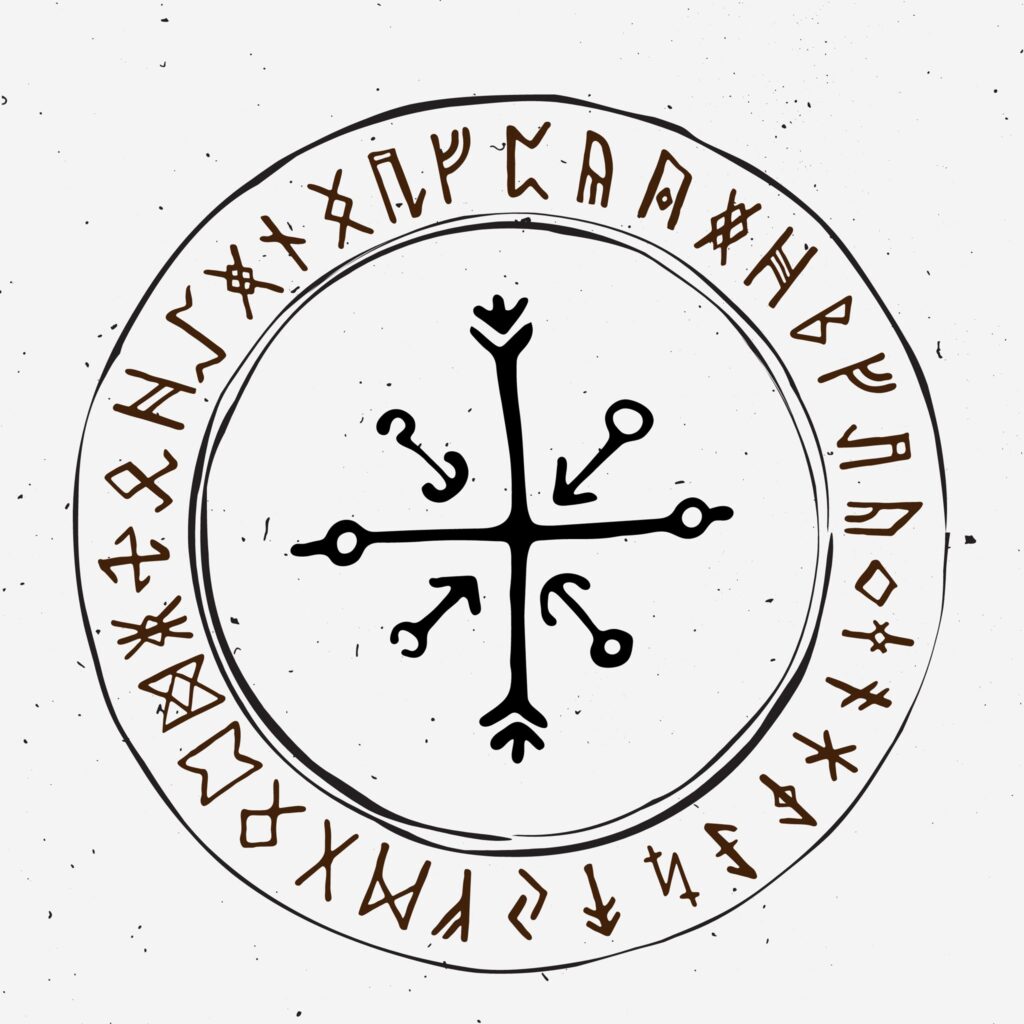
Decline of a civilization
LHistorians also speak of a second wave of Viking expeditions around the year 1000, with the colonization of Greenland and the reachingof American coasts. At the same time the few fortresses outside Scandinavia began to fall, and by 1015 Viking rule in Europe was over.
Few traces of their culture of origin have remained, while the physical features, while the physical features that had characterized them for centuries have remained.
Their divinities: Thor, Odin, Freyr continue to feed legends, as well as their beliefs in an underworld and in the spirits of nature.
Discover the Viking amulets in our Viking Collection

